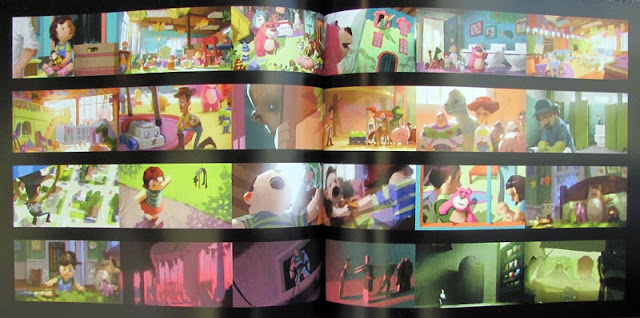 Saturation Example 1:
Saturation Example 1:Andy Warhol
Andy Warhol's use of saturation in his pop art paintings are a good example of the effectiveness that saturation can bring in to an image to create high contrast. This makes the focus of the image much stronger.


Saturation Example 2:


This example shows how saturation in an image can make it appear much more happy, active and real.
The desaturated version of the same image shows a bleak and lifeless scene.
Saturation Example 3:


These two images are in strong contrast of each other because of their saturation though they have almost the same setting.
The saturation has worked to create two different moods in the scene.
The 'blorange', blue and orange complementary colours, in the upper photo works particularly nicely













































